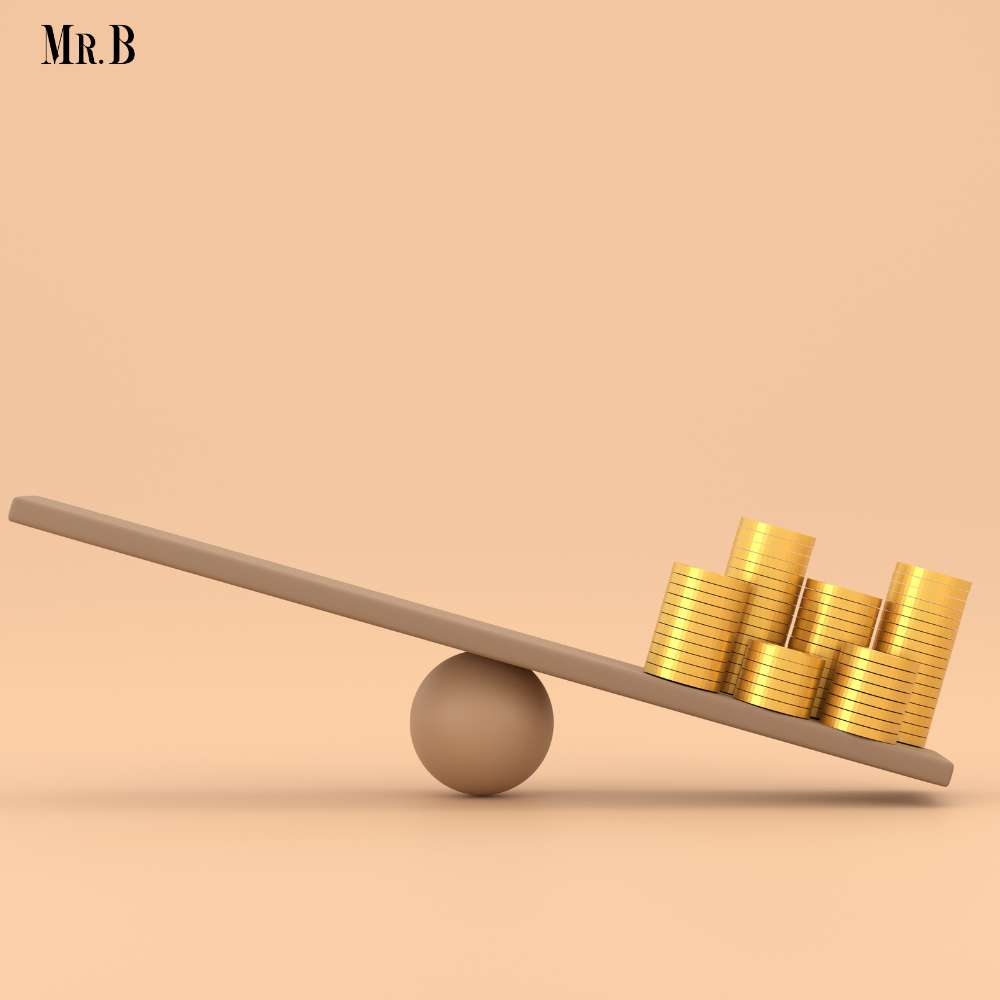In the intricate landscape of economic theory, the concept of equilibrium under monopoly stands as a pivotal point of discussion. Monopoly, characterized by a single seller dominating a particular market, introduces unique challenges and dynamics that influence the equilibrium state. This article delves into the nuances of equilibrium under monopoly, shedding light on the forces that shape this delicate balance.
Understanding Equilibrium Under Monopoly
Equilibrium under monopoly is a complex interplay of market forces, pricing strategies, and consumer welfare. At its core, monopoly disrupts the traditional market equilibrium of supply and demand, as a single entity wields unprecedented control over the entire market. This exclusive dominance allows the monopolist to set prices, determine output levels, and influence the overall economic landscape. The key points to remember are:
1. The Monopolist’s Power Play
In the realm of equilibrium under monopoly, the monopolist has the authority to dictate prices without external competition. This power play is exemplified by the monopolist’s ability to set the optimal price point that maximizes profits, often at the expense of consumer surplus. By regulating output levels, the monopolist strategically manipulates supply to meet demand while safeguarding their market position.

2. Market Distortions and Economic Impact
The distortion of market dynamics under monopoly has far-reaching economic implications. It often leads to allocative inefficiency, where resources are not distributed optimally. In the absence of competition, the monopolist may produce less than the socially desirable quantity, resulting in a deadweight loss for society. This inefficiency is a stark departure from the ideal equilibrium achieved in competitive markets.
3. Consumer Impact and Welfare Concerns
Equilibrium under monopoly directly affects consumers, who bear the brunt of higher prices and restricted choices. The monopolist’s control over the market limits consumer options, stifling innovation and creating an environment where the equilibrium is skewed in favor of the monopolist’s profit maximization. This imbalance raises concerns about consumer welfare and prompts discussions on regulatory interventions to mitigate monopolistic power.
4. Government Regulations and Antitrust Measures
To counter the adverse effects of this type of monopoly, governments often implement regulatory measures and antitrust laws. These interventions aim to foster competition, prevent market abuse, and protect consumer interests. By imposing restrictions on monopolistic practices, governments strive to restore a more balanced equilibrium, ensuring fair market access and promoting economic efficiency.

How is Pricing Affected by Equilibrium Under Monopoly?
1. The Pricing Power:
It fundamentally alters the traditional pricing landscape, empowering the monopolist to exercise unparalleled control over setting price points. Unlike in competitive markets where prices are determined by the forces of supply and demand, the monopolist, in it, has the autonomy to establish prices that maximize their profits. This pricing power stems from the absence of direct competition, allowing the monopolist to exploit their exclusive market position.
2. Determinants of Monopoly Pricing:
Equilibrium under monopoly prompts a shift in the determinants of pricing. In competitive markets, prices are influenced by factors such as production costs, demand elasticity, and market conditions. However, under the monopoly equilibrium, the monopolist’s pricing strategy hinges on maximizing profits, often at the expense of consumer surplus. The absence of external competition allows the monopolist to adopt a strategic approach, factoring in the market’s demand sensitivity to price changes.
3. Output Levels and Price Elasticity:
It involves a careful consideration of output levels in tandem with pricing decisions. The monopolist navigates a delicate balance, adjusting both output and prices to optimize profit margins. This equilibrium state allows the monopolist to operate on the elastic portion of the demand curve, where changes in price result in proportionally larger changes in quantity demanded. This strategic positioning allows the monopolist to capitalize on their pricing power while maintaining market control.
4. Higher Prices and Limited Choices:
The pricing dynamics under this monopoly inevitably impact consumers. With the monopolist setting prices unilaterally, consumers often face higher prices and reduced choices. The absence of competitive forces allows the monopolist to maximize profits, even if it means pricing goods or services beyond what would prevail in a competitive market equilibrium. This creates a scenario where consumer welfare takes a back seat to the monopolist’s profit motives.

5. Price Regulation via Government:
Recognizing the potential harm caused by unbridled pricing power in it, governments often intervene through regulatory measures. Antitrust laws and price regulations aim to curb monopolistic abuses, ensuring that prices are set within reasonable bounds. By injecting competition or imposing price controls, governments seek to restore a more balanced equilibrium that safeguards both consumer interests and economic efficiency.
FAQs:
Q1: What is equilibrium under monopoly?
A1: It refers to the stable state in a market where a single seller holds exclusive control, influencing prices, output levels, and market dynamics.
Q2: How does a monopolist set prices in equilibrium under monopoly?
A2: In this monopoly, a monopolist sets prices by maximizing profits, considering factors such as production costs, demand elasticity, and market conditions.
Q3: What impact does equilibrium under monopoly have on consumer welfare?
A3: It often results in higher prices, restricted choices, and reduced consumer welfare as the monopolist prioritizes profit maximization over consumer interests.
Q4: How do government regulations address the monopoly?
A4: Government regulations and antitrust measures aim to curb monopolistic power, foster competition, and protect consumer interests by ensuring a more balanced market equilibrium.
Q5: Why is equilibrium under monopoly considered allocatively inefficient?
A5: It can lead to allocative inefficiency as the monopolist may produce less than the socially desirable quantity, causing a deadweight loss for society.







